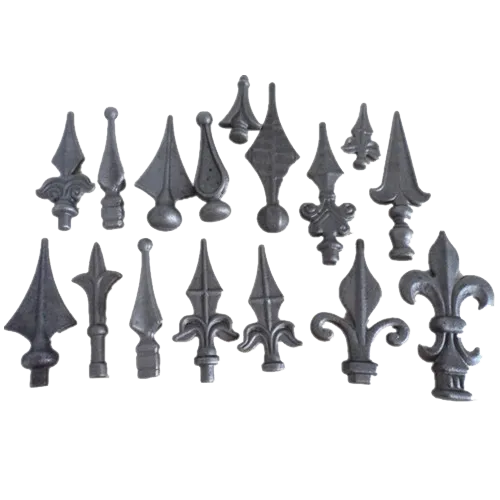Mobile:+86-311-808-126-83
Email:info@ydcastings.com
English
fixing water pump in car
Fixing a Water Pump in Your Car A Comprehensive Guide
When it comes to maintaining your vehicle, one of the most crucial components to keep an eye on is the water pump. The water pump plays an essential role in the engine's cooling system, circulating coolant to prevent the engine from overheating. If you notice signs of a failing water pump, such as coolant leaks, overheating, or unusual noises, it’s important to address the issue promptly. This guide will walk you through the steps needed to fix a water pump in your car.
Understanding the Signs of a Failing Water Pump
Recognizing the symptoms of a malfunctioning water pump can save you time and money. Common indicators include
1. Coolant Leaks Puddles of coolant beneath your car, especially near the front, can indicate a leak from the pump. 2. Overheating Engine If your temperature gauge rises above normal or your engine shows signs of overheating, it may be due to a failing pump. 3. Unusual Noises A grinding or whining noise can point to a problem with the pump bearings.
If you notice any of these issues, it’s crucial to diagnose and fix the problem as soon as possible.
Gathering the Necessary Tools and Materials
Before you start repairing the water pump, gather the following tools and materials
- A new water pump - Coolant - A socket set - Wrench set - Screwdrivers - Pliers - A coolant catch pan - Gasket scraper or razor blade - Engine cleaner (if needed)
Step-by-Step Guide to Fixing the Water Pump
1. Prepare Your Vehicle Begin by parking your car on a level surface and allowing the engine to cool down completely. Disconnect the negative battery cable to ensure safety while working.
fixing water pump in car

2. Drain the Coolant Place a catch pan under the radiator and remove the drain plug. Allow the coolant to drain completely before proceeding.
3. Remove Necessary Components Depending on your vehicle model, you may need to remove the serpentine belt, fan shroud, or other components to gain access to the water pump. Make sure to keep track of any bolts or screws removed.
4. Detach the Old Water Pump Once you have clear access, unscrew the bolts holding the water pump in place. Gently pry it off if it's stuck, being careful not to damage the surrounding areas.
5. Clean the Surface Use a gasket scraper or razor blade to clean the mounting surface of the engine. Ensure there are no remnants of the old gasket.
6. Install the New Water Pump Align the new water pump with the mounting holes and hand-tighten the bolts. Follow up with a wrench to secure them firmly, but avoid over-tightening.
7. Reassemble Everything Reinstall any components you took off, including the serpentine belt and fan shroud. Reattach the negative battery cable.
8. Refill the Coolant Pour the new coolant into the radiator, ensuring to use the correct type and mixture for your vehicle.
9. Check for Leaks Start the engine and let it run for a few minutes. Monitor for any leaks around the water pump and ensure the engine is heating up properly.
Final Thoughts
Fixing a water pump can seem daunting, but with the right tools and guidance, it is a manageable task for any DIY enthusiast. Regular maintenance and prompt attention to issues will help prolong the life of your vehicle’s engine and keep it running smoothly. If you're ever unsure or uncomfortable performing the repairs yourself, don’t hesitate to consult a professional mechanic.
-
Precision Metal Castings: Aluminum, Stainless Steel & Die CastingNewsAug.28,2025
-
Superior Aluminum Castings in Automotive Engine PartsNewsAug.22,2025
-
Common Materials Used in Fan Housing ManufacturingNewsAug.22,2025
-
Symptoms of a Stuck Automobile Water Pump ImpellerNewsAug.22,2025
-
The Importance of Valve Castings in Water TreatmentNewsAug.22,2025
-
Welding Techniques for End Cap Stainless Steel FittingsNewsAug.22,2025











